What is the Gulf Dead Zone?
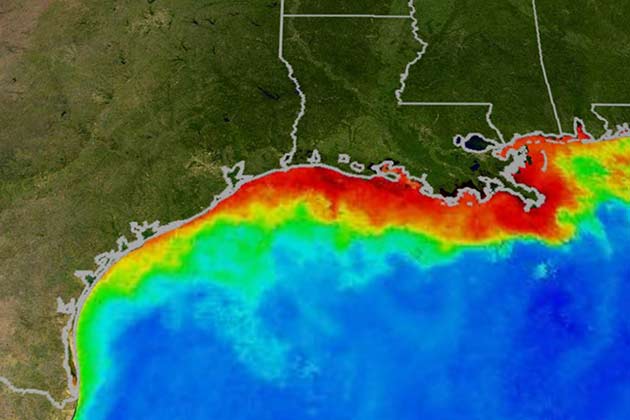
First things first--what even is a "dead zone"? It's the popular term for what scientists call "hypoxia"--or areas of low oxygen in large bodies of water. Some of these dead zones have occurred naturally throughout history, but something else is going on in the Gulf of Mexico.
History of the Gulf Dead Zone: Discovery

Even before scientists started studying the dead zone closely, other people had begun to suspect that something was up in the Gulf of Mexico. In the 1950s, shrimp trawlers began reporting areas off the coast that had unusually low numbers of live shrimp for catching.
History of the Gulf Dead Zone: Study
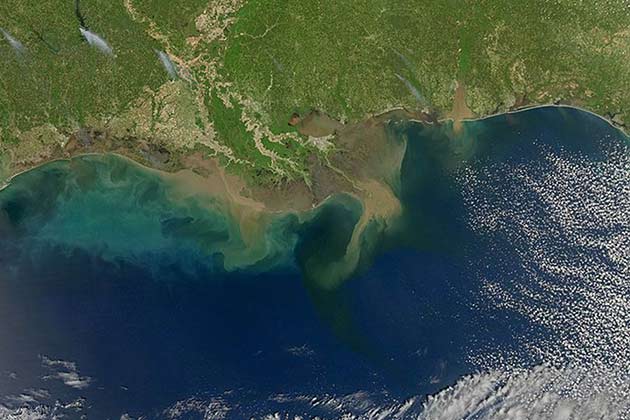
By the 1970s, scientists knew something was going on in the Gulf. The size of the dead zones reported by fishermen seemed, at least anecdotally, to be growing. By 1985, researchers were actively tracking the size and timing of the Gulf dead zone every year.
Why Do Scientists Worry About the Dead Zone?
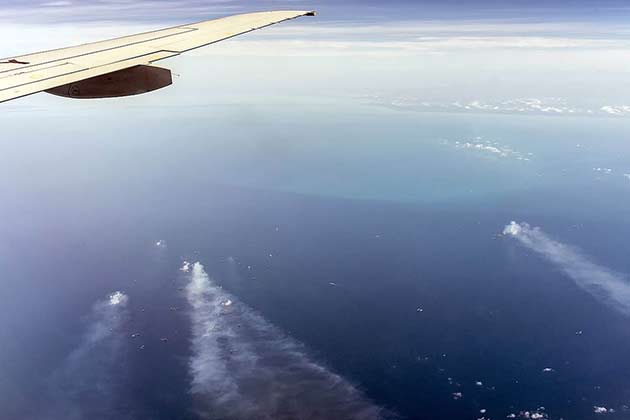
Environmentally, the Gulf dead zone is troubling. A lack of oxygen in the ocean can lead to less and less biodiversity, which can in turn lead to a collapse of delicate ecosystems. Organisms subjected to these low-oxygen conditions experience changes to their reproductive systems, which leads to fewer and smaller offspring.
Why Do Others Worry About the Dead Zone?
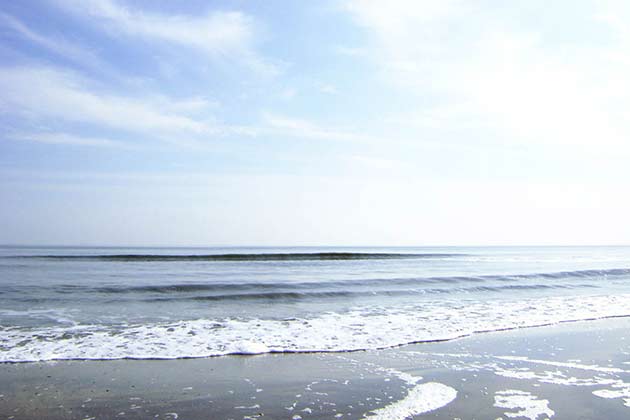
It's not just scientists that are alarmed by this growing dead zone, though. It can also spell economic disaster for the businesses and communities that rely on Gulf Coast fishing to sustain themselves. If fish are smaller and fewer in number, there's less money to be made from them.
Dead Zone Causes: Human Pollution
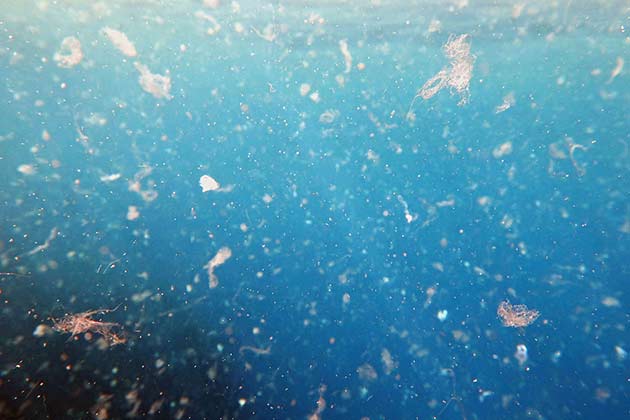
The dead zone in the Gulf is caused by a chain reaction of events, but that chain begins with humans. When farms around the Mississippi river or its tributaries get rain, the fertilizer in the soil can make it into the river itself. And once it's in the Mississippi, it's only a matter of time before it makes its way to the Gulf of Mexico.
Dead Zone Causes: Algae Blooms

Once these fertilizer nutrients reach the Gulf, the algae living there are delighted to see them. These nutrients put algae growth into overdrive, until they achieve what's known as an algae bloom. However, when these algae begin to die, the dead zone begins to take shape.
Dead Zone Causes: Algae Decomposition
2019 Gulf Dead Zone: Size
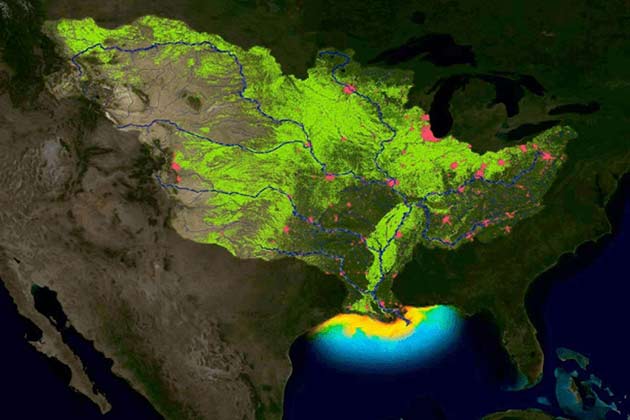
In 2019, scientists recorded the size of the Gulf Dead zone at just under 7000 square miles--6952, to be exact. That's just smaller than the state of New Jersey.
2019 Gulf Dead Zone: Comparison to Other Years
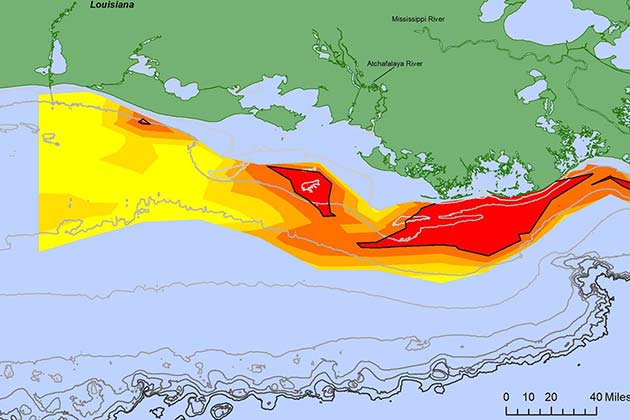
Since scientists began measuring the size of dead zones in the Gulf, a few have been larger than 2019's, but not many. It is the 8th largest in recorded history.
2019 Gulf Dead Zone: Effects of Spring Flooding

States in the Midwest and South experienced some severe flooding in the spring of 2019—which means that more nutrient-rich soil made its way to the Gulf. Normally, this would indicate a larger-than-normal dead zone, but another major weather event may have interfered.
2019 Gulf Dead Zone: Effects of Hurricane Barry
Gulf Dead Zone Reversal: Runoff Prevention
Gulf Dead Zone Reversal: Seaweed Farms
Gulf Dead Zone Reversal: Shellfish
Other Dead Zones: Chesapeake Bay
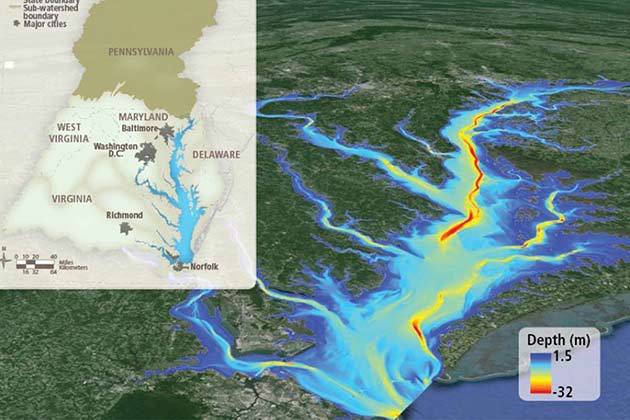
While the Gulf dead zone may be the largest in the United States, it's not the only area with problems. The Chesapeake Bay also struggles with dead zones caused by industrialization.
Other Dead Zones: Baltic Sea
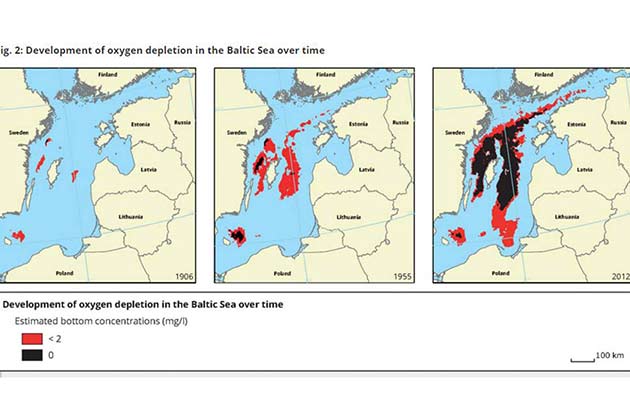
Additionally, the Baltic Sea in Europe has had to deal with issues of hypoxia as well. They've had recorded dead zones of up to 37000 square miles!
Other Dead Zones: Black Sea
Other Dead Zones: Black Sea (Reversal)
The Future of the Gulf Dead Zone
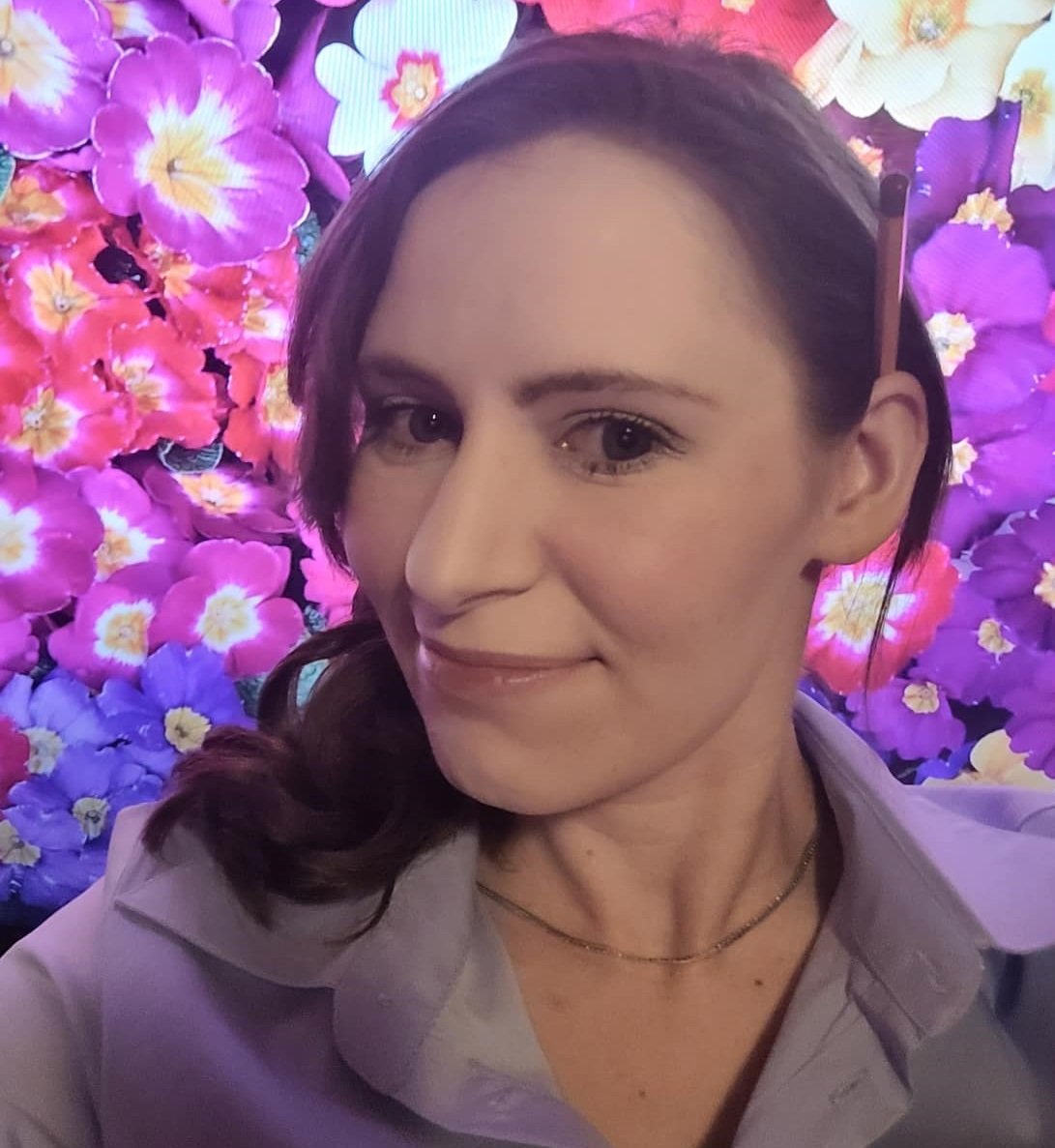 Author
Jennifer Freehill
Last Updated: April 02, 2024
Author
Jennifer Freehill
Last Updated: April 02, 2024







